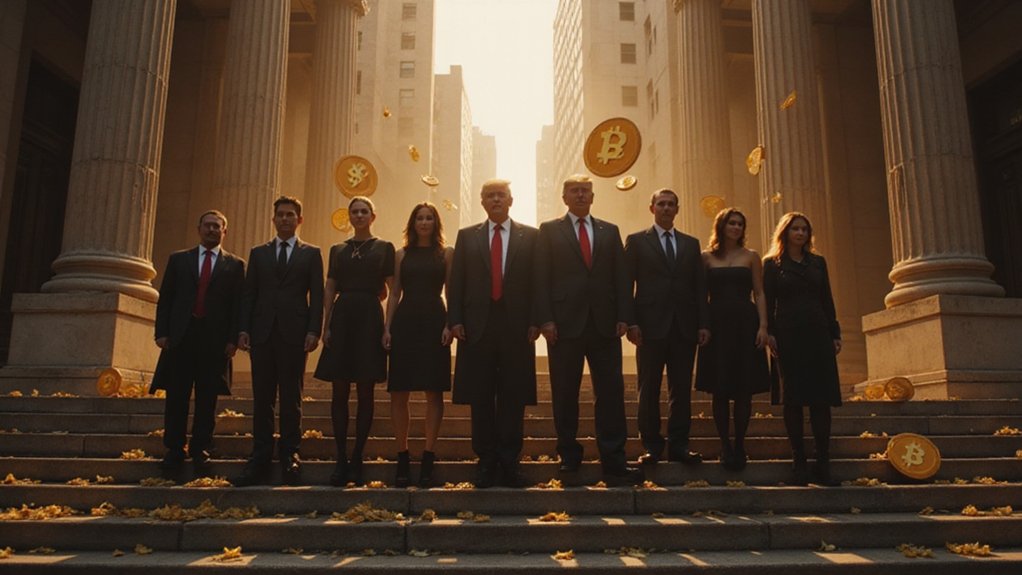After years of treating cryptocurrency like a radioactive asset that might contaminate their carefully regulated balance sheets, U.S. banks are now receiving explicit regulatory permission—and indeed, encouragement—to wade into the digital asset waters. The Federal Reserve, FDIC, and OCC have issued joint guidance on crypto-asset safekeeping that effectively transforms what was once regulatory purgatory into a structured pathway for traditional financial institutions.
The shift represents a remarkable about-face from the previous administration’s approach, which effectively quarantined crypto firms from mainstream banking relationships. Under new regulatory frameworks, banks can now provide crypto custody services without the bureaucratic genuflection that previously characterized any digital asset venture. The FDIC has rescinded prior notification rules requiring banks to seek approval before engaging in crypto activities—a development that would have seemed fantastical just months ago.
This regulatory détente comes with predictable caveats: banks must maintain rigorous control over cryptographic keys while adhering to existing anti-money laundering controls and risk management principles. The guidance emphasizes that no new supervisory expectations apply (a diplomatic way of saying “don’t expect us to reinvent banking law for Bitcoin”), but institutions must navigate familiar challenges of market volatility, cybersecurity threats, and operational risks now amplified by blockchain technology’s inherent complexities.
The OCC’s guidelines mandate that banks provide crypto safekeeping in a “safe, sound, and legally compliant manner”—regulatory speak that requires institutions to develop expertise in cryptographic security while maintaining transparency and accountability to customers. Banks must perform regular audits and establish clear internal oversight structures, fundamentally grafting digital asset protocols onto traditional banking risk frameworks. Banks may now engage in activities including acting as crypto-asset custodians, maintaining stablecoin reserves, and participating in blockchain systems. The guidance particularly emphasizes that institutions must carefully assess risks associated with third-party service providers when implementing crypto-asset safekeeping services.
Congressional momentum has accelerated this transformation, with the House declaring mid-July 2025 as “Crypto Week” to advance thorough digital asset legislation. Bipartisan efforts focus on fostering innovation while protecting consumers—the eternal regulatory balancing act between financial progress and systemic stability. This regulatory evolution mirrors the approach taken by established regulated cryptocurrency exchanges like Independent Reserve, which has operated under strict compliance frameworks in Australia and New Zealand since 2013.
For banks, this represents an opportunity to capture revenue streams previously monopolized by crypto-native firms. Whether traditional institutions can successfully navigate the technical complexities while maintaining their regulatory standing remains the trillion-dollar question in this unfolding financial experiment.









